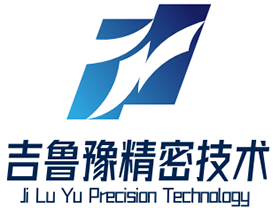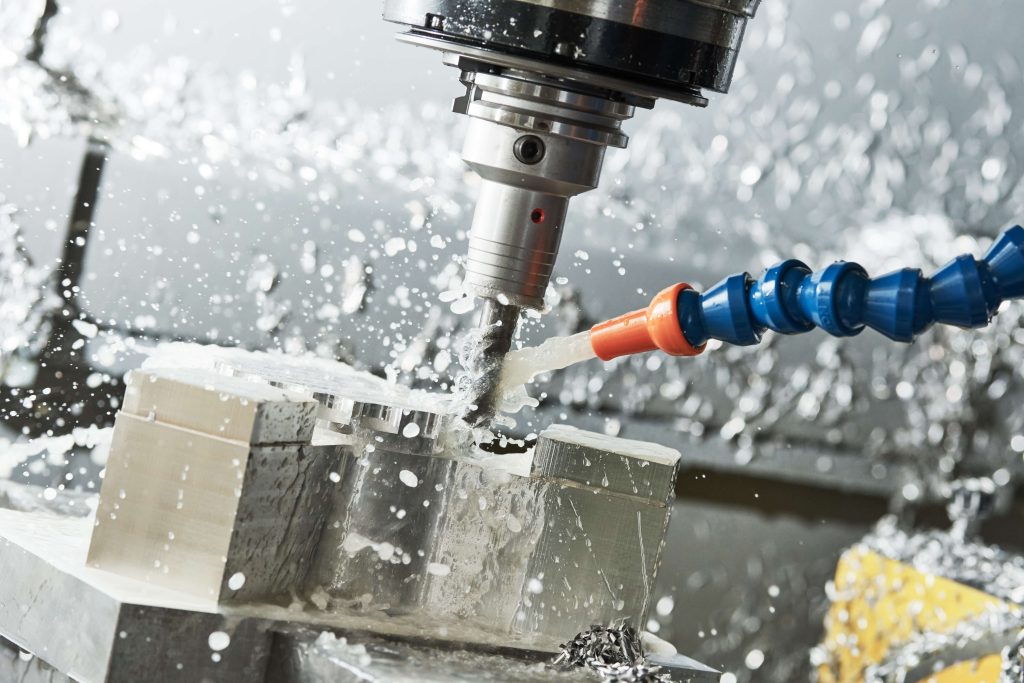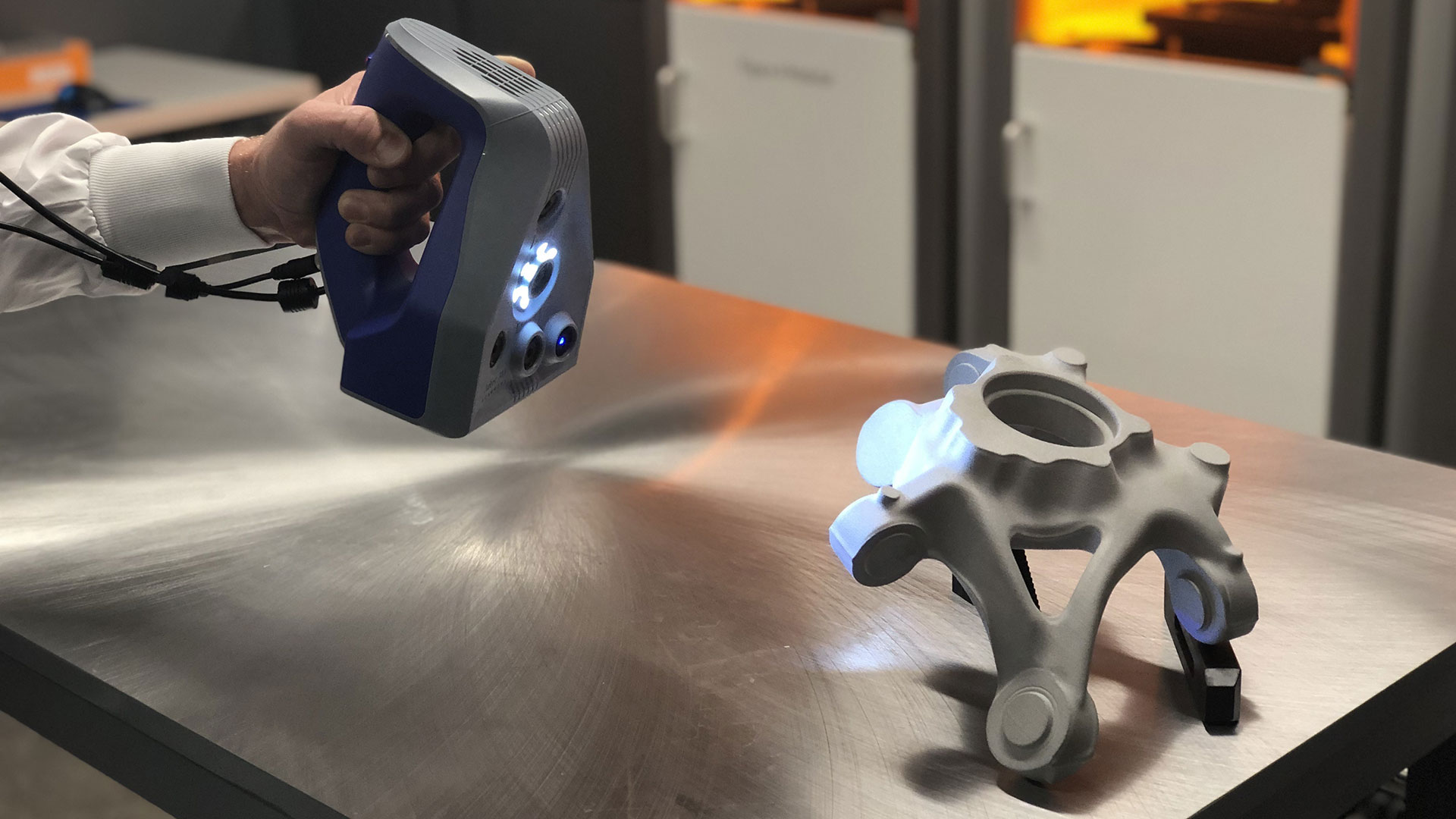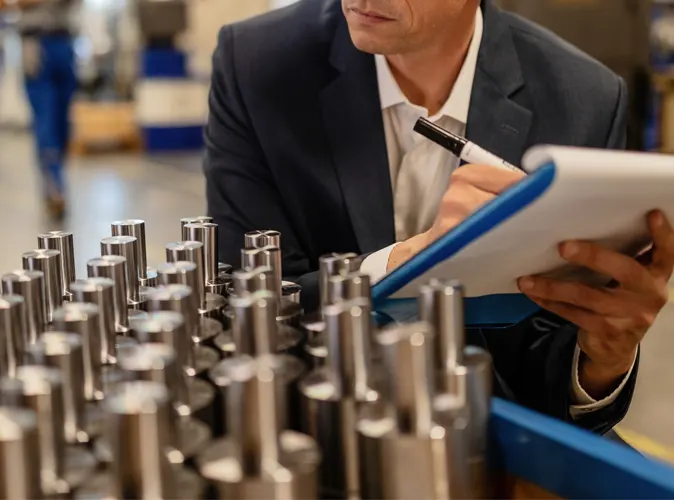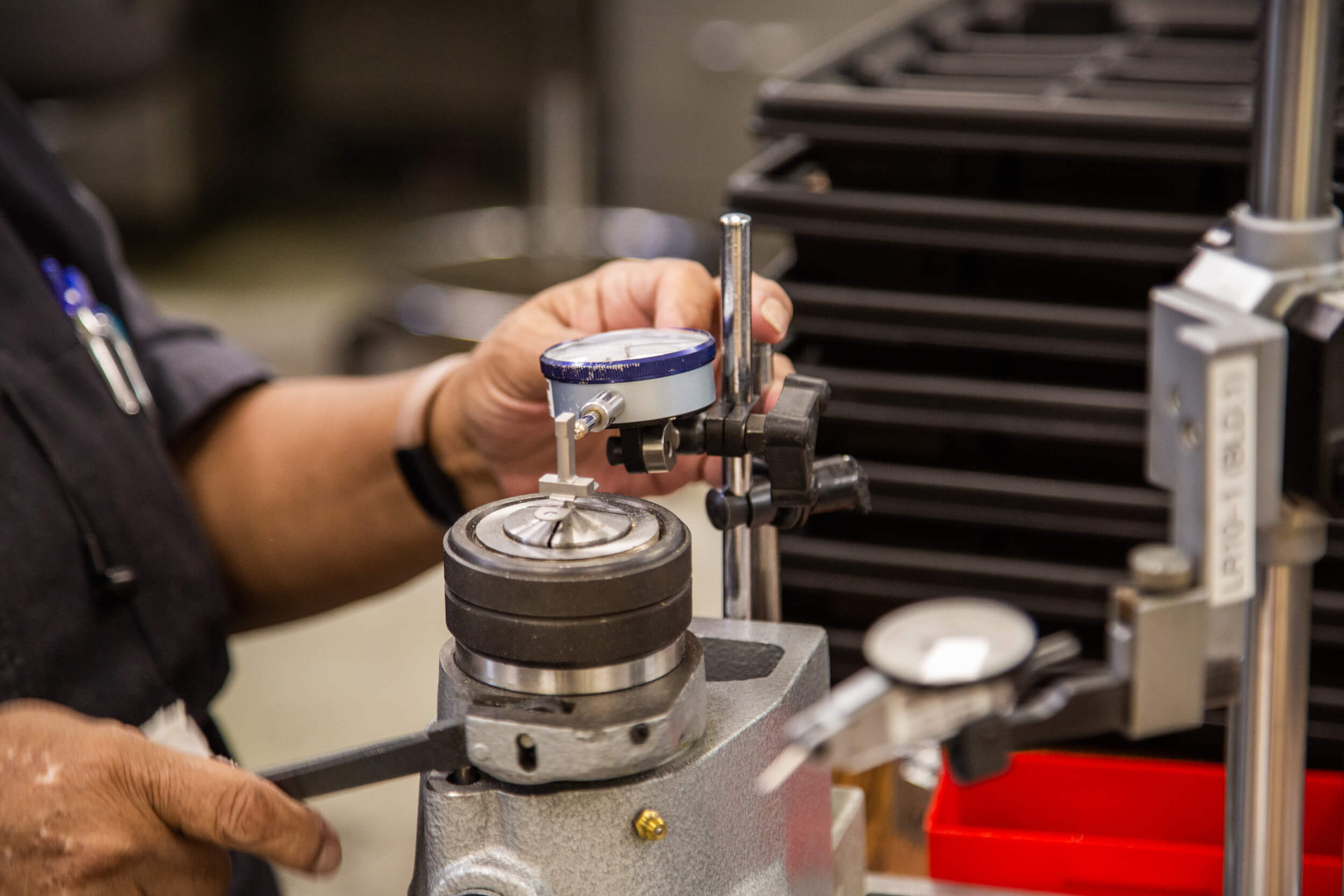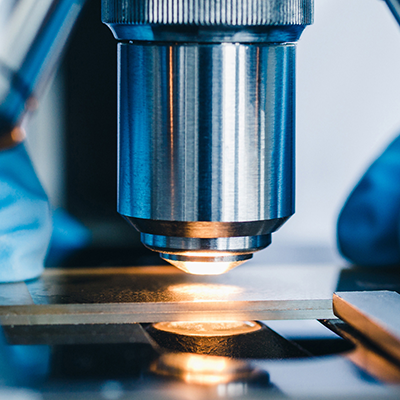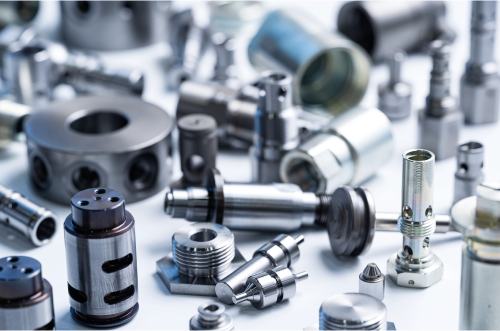Precision CNC Machining for Fluid System Components: Advanced Manufacturing Solutions
Introduction: The Critical Role of Precision Machining in Fluid Systems
Fluid system components represent some of the most challenging and critical parts in engineering applications across aerospace, automotive, energy, and industrial sectors. The precise manufacturing of these components directly impacts system performance, efficiency, and reliability. As specialized CNC machining providers, we understand the extreme tolerances, complex geometries, and material challenges inherent in fluid system part manufacturing. This comprehensive guide explores the advanced methodologies, technical considerations, and practical applications of CNC machining for fluid system components.
The manufacturing of fluid system components demands an exceptional level of technical expertise and precision engineering. From hydraulic valves and pneumatic cylinders to complex pump bodies and fluid connectors, these parts must maintain structural integrity while precisely controlling fluid flow under various pressure, temperature, and chemical conditions. The intersection of advanced CNC technologies with specialized manufacturing approaches enables the production of components that meet these rigorous demands across industries.
Technical Requirements for Fluid System Components
Unique Challenges in Fluid Component Manufacturing
Fluid system components operate under conditions that demand exceptional performance from both materials and manufacturing processes:
Table 1: Key Requirements for Fluid System Components
| Requirement | Technical Specifications | Impact on System Performance |
|---|---|---|
| Pressure Integrity | Withstand operating pressures from vacuum to ultra-high (10,000+ PSI) | Determines system safety, reliability, and operational limits |
| Sealing Surface Quality | Surface finishes of 0.2μm to 0.8μm Ra on critical sealing surfaces | Prevents leakage, ensures proper gasket/seat performance |
| Dimensional Accuracy | Typical tolerances of ±0.005mm to ±0.025mm on critical features | Maintains fluid flow characteristics, component interchangeability |
| Material Compatibility | Resistance to corrosion, erosion, and chemical attack from fluids | Ensures long-term reliability in specific operating environments |
| Geometric Complexity | Complex internal passages, multi-angle interfaces, integrated mounting features | Enables compact, multi-functional component design |
The combination of these requirements creates unique manufacturing challenges that demand specialized expertise. As demonstrated in密封块 (sealing block) manufacturing for fluid connectors, components often feature complex structures with nearly all dimensions serving as critical interfaces with other components . This necessitates exceptional precision throughout the manufacturing process.
Critical Fluid System Components and Their Functions
Fluid systems incorporate numerous custom machined parts, each serving essential functions:
-
Valve Bodies and Housings: Primary pressure-containing components with precise flow passages and seat surfaces
-
Pump and Compressor Components: Impellers, housings, and wear plates that convert mechanical energy to fluid flow
-
Manifold Blocks: Multi-port components that distribute fluid to various system parts with minimal pressure drop
-
Fluid Connectors and Adapters: Precision interfaces that maintain leak-free connections between system elements
-
Cylinder Barrels and Pistons: Components that translate fluid pressure to mechanical motion with minimal friction
Advanced CNC Technologies for Fluid Component Manufacturing
Multi-Axis Machining Capabilities
The evolution of five-axis CNC systems has revolutionized fluid component manufacturing by enabling complete processing of complex geometries in single setups. This technology eliminates cumulative errors associated with multiple repositioning operations and significantly improves accuracy for components with complex internal passages and compound angles .
Five-axis machining is particularly valuable for fluid components featuring integrated mounting features, complex port intersections, and organic internal geometries that would be impractical to produce with conventional three-axis equipment. The ability to maintain optimal tool orientation throughout the machining process ensures superior surface finishes and dimensional accuracy across all part features.
High-Speed Machining for Optimal Surface Quality
Advanced toolpath strategies like trochoidal milling and adaptive clearing have transformed the machining of materials common in fluid applications. These techniques maintain constant tool engagement, reducing heat generation and extending tool life while achieving surface finishes critical for sealing and fluid flow .
The implementation of high-speed machining strategies directly impacts component performance, with surface finishes reaching Ra 0.8μm or better on critical sealing surfaces . This exceptional surface quality ensures proper gasket performance and minimizes turbulence in flow passages.
Specialized Equipment for Fluid System Applications
The unique requirements of fluid components have driven the development of specialized manufacturing solutions, including:
-
Multi-Task Machining Centers: Combining turning, milling, and drilling operations in single setups
-
B-axis Machining Systems: Providing complete contouring capability for complex geometries
-
High-Pressure Coolant Systems: Delivering precise temperature control and efficient chip evacuation
-
Advanced Workholding Solutions: Custom fixtures that securely hold complex geometries without distortion
Material Selection for Fluid System Components
Engineering Materials for Specific Applications
Selecting appropriate materials is crucial for fluid component performance, as material properties directly impact compatibility, durability, and functionality:
Table 2: Common Materials for Fluid System Components
| Material | Key Properties | Fluid System Applications | Machining Considerations |
|---|---|---|---|
| Stainless Steels | Excellent corrosion resistance, high strength, durability | Valve bodies, pump components, marine and chemical applications | Work-hardening tendency demands consistent feed rates and sharp tooling |
| Aluminum Alloys | Good strength-to-weight ratio, corrosion resistance, machinability | Manifolds, housings, aerospace fluid components | High cutting speeds possible, requires sharp tools to prevent material adhesion |
| Brass and Copper Alloys | Excellent corrosion resistance, antimicrobial properties | Plumbing components, medical gas systems, instrumentation | Gumminess requires specialized tool geometries and surface treatments |
| Engineering Plastics | Chemical resistance, low weight, self-lubricating properties | Chemical handling components, food processing applications | Lower cutting forces, but require sharp tools to prevent deformation |
| High-Temperature Alloys | Maintain strength at elevated temperatures, creep resistance | High-temperature hydraulic systems, energy applications | Requires specialized tool materials and aggressive cooling strategies |
The manufacturing process for fluid components typically begins with material selection based on functional requirements, operating environment, and compatibility with system fluids. This careful selection process ensures that components will perform reliably while meeting the stringent requirements of their applications .
Advanced Materials for Enhanced Performance
As fluid technologies advance, manufacturers are increasingly utilizing specialized materials that offer enhanced performance characteristics:
-
Duplex and Super Duplex Stainless Steels: Providing enhanced strength and corrosion resistance for offshore and chemical applications
-
Nickel-Based Alloys: Offering exceptional corrosion resistance in extreme environments
-
Engineering Ceramics: Delivering superior wear resistance and chemical inertness for specialized applications
-
High-Performance Polymers: Maintaining functionality in aggressive chemical and temperature conditions
Quality Assurance for Fluid System Components
Precision Measurement and Validation
Rigorous inspection protocols ensure fluid components meet precise dimensional and performance requirements before delivery. The critical nature of these components demands comprehensive measurement strategies:
-
Coordinate Measuring Machines (CMM): Volumetric accuracy up to 0.0003mm for complex geometric features
-
Surface Roughness Analysis: Verification of surface finish specifications critical for sealing performance
-
Optical Comparators: Rapid 2D feature verification without contact
-
Custom Fixturing: Simulation of assembly conditions for functional validation
-
Pressure Testing: Verification of pressure integrity under simulated operating conditions
Specialized fluid component manufacturers employ comprehensive inspection methodologies to verify all critical dimensions and features. This commitment to measurement precision ensures that components will perform as intended in fluid systems .
Statistical Process Control for Manufacturing Consistency
Implementing statistical process control (SPC) methodologies throughout the manufacturing process ensures consistent quality across all fluid components:
-
First-Article Inspection: Comprehensive verification of all dimensions on initial parts
-
In-Process Controls: Regular measurement of critical dimensions at predetermined intervals
-
Capability Studies (Cp/Cpk): Quantitative assessment of process capability for all controlled dimensions
-
Full Traceability: Material certifications and process documentation for each production batch
These systematic approaches to quality assurance create the foundation for reliable, consistent component performance throughout production runs.
Case Studies: Fluid Component Manufacturing Excellence
Case Study 1: Aerospace Fluid Connector Sealing Block
Challenge: An aerospace systems manufacturer needed precision密封块 (sealing blocks) for fluid connectors in a new aircraft system. The components required exceptional dimensional stability, complex internal geometries, and surface finishes capable of maintaining seals under extreme temperature cycling and vibration.
Solution: Implementation of an advanced manufacturing approach incorporating:
-
Five-axis simultaneous machining of complex internal and external geometries from aluminum alloy
-
Specialized tooling for precise sealing surfaces with stringent surface finish requirements
-
Progressive machining strategy with stress relief between operations
-
Comprehensive measurement of all critical features using CMM and surface analysis
Results: The sealing blocks achieved all performance requirements with sealing surface flatness within 0.001mm and weight specifications within 2% of target values. The components demonstrated exceptional performance in environmental testing, enabling reliable fluid system operation in the aerospace application .
Case Study 2: High-Pressure Hydraulic Manifold Block
Challenge: A hydraulic equipment manufacturer needed complex manifold blocks for a new high-pressure hydraulic system. The components required intricate internal passage geometries, precise port alignment, and the ability to withstand operating pressures exceeding 5,000 PSI.
Solution: Development of a specialized manufacturing process featuring:
-
Multi-task machining center processing for complete part completion in single setup
-
Precision boring of valve installation pockets with positional accuracy within 0.010mm
-
Deep hole drilling of internal cross passages with straightness control of 0.005mm per 100mm
-
Comprehensive pressure testing to verify integrity under simulated operating conditions
Results: The manifold blocks met all functional requirements with zero leakage at test pressures. The precise port alignment ensured proper valve operation, while the robust construction maintained dimensional stability under pressure cycling.
Case Study 3: Chemical Processing Pump Casing
Challenge: A chemical processing equipment supplier needed corrosion-resistant pump casings for aggressive chemical applications. The components required complex internal volute geometries, precise mounting interfaces, and compatibility with corrosive fluids.
Solution: Our comprehensive approach included:
-
Selection of duplex stainless steel for enhanced corrosion resistance
-
Five-axis machining of complex internal volute geometries with continuous surface profiles
-
Precision machining of bearing and seal mounting surfaces with tight concentricity requirements
-
Application of specialized surface treatments for enhanced corrosion resistance
-
Comprehensive material certification and traceability documentation
Results: The pump casings provided reliable performance in chemical processing applications with excellent corrosion resistance. The precise internal geometries maintained pump efficiency, while the robust construction met the durability requirements for industrial installation.
The Business Impact of Professional Fluid Component Manufacturing
Accelerated Development Cycles
Professional fluid component manufacturing delivers significant time-to-market advantages for engineering projects:
-
Rapid Prototyping: Functional components available in days rather than weeks
-
Design Flexibility: Quick implementation of engineering changes without tooling modifications
-
Risk Reduction: Physical validation of component performance before production commitment
-
Scalable Production: Seamless transition from prototype to production quantities
These advantages enable engineering teams to compress development schedules while making more informed decisions based on actual performance data.
Cost Management Strategies
For engineering organizations, understanding fluid component manufacturing economics is crucial for financial planning:
-
Efficient Capital Utilization: Access to advanced capabilities without equipment investment
-
Scalable Investment: Manufacturing costs that align with project maturity and market uncertainty
-
Total Cost Analysis: Consideration of both direct manufacturing costs and time-to-market value
-
Supply Chain Flexibility: Ability to respond quickly to changing market demands
Many manufacturers offer prototyping packages at optimized rates to help validate designs before committing to production quantities.
Future Trends in Fluid Component Manufacturing
Advanced Manufacturing Technologies
Emerging technologies are transforming fluid component manufacturing capabilities:
-
Additive and Subtractive Hybrid: Combining 3D printing for complex internal features with CNC machining for precision surfaces
-
AI-Driven Optimization: Machine learning algorithms that dynamically adjust machining parameters based on real-time sensor data
-
Digital Twin Technology: Virtual modeling of the manufacturing process to predict outcomes before physical cutting
-
Sustainable Manufacturing: Implementing environmentally conscious processes and material usage
Industry 4.0 Integration
The adoption of Industry 4.0 principles is transforming fluid component manufacturing through enhanced connectivity, data analytics, and digital workflow integration. These technologies support the creation of “digital twins” that simulate both manufacturing processes and component performance, reducing physical iteration requirements .
Advanced manufacturers are implementing increasingly digital workflows, with some offering online monitoring of production status and instant manufacturability feedback that accelerates the design-to-part process.
Conclusion: Partnering for Fluid Component Manufacturing Success
Fluid system component manufacturing represents a specialized segment of precision manufacturing that demands both technical expertise and practical experience. The unique requirements of these components—exceptional precision, complex geometries, and reliable performance under demanding conditions—make their manufacturing particularly challenging. However, with the right manufacturing partner, these challenges can be transformed into competitive advantages.
At our manufacturing facility, we’ve combined state-of-the-art CNC technology with deep fluid systems knowledge to establish leadership in fluid component manufacturing. Our comprehensive approach addresses every aspect of the manufacturing process, from initial design consultation through final inspection and delivery, with particular emphasis on quality assurance and documentation.
The case studies presented demonstrate our capability to solve complex manufacturing challenges while maintaining the highest standards for precision and reliability. As fluid technologies continue to evolve toward increasingly demanding applications, we remain committed to investing in advanced equipment and methodologies that enhance our manufacturing capabilities.
For your next fluid component project, partner with a manufacturer that understands both the technical complexities and practical considerations of fluid systems. Contact us today to discuss how our fluid system component manufacturing capabilities can address your specific application requirements.
